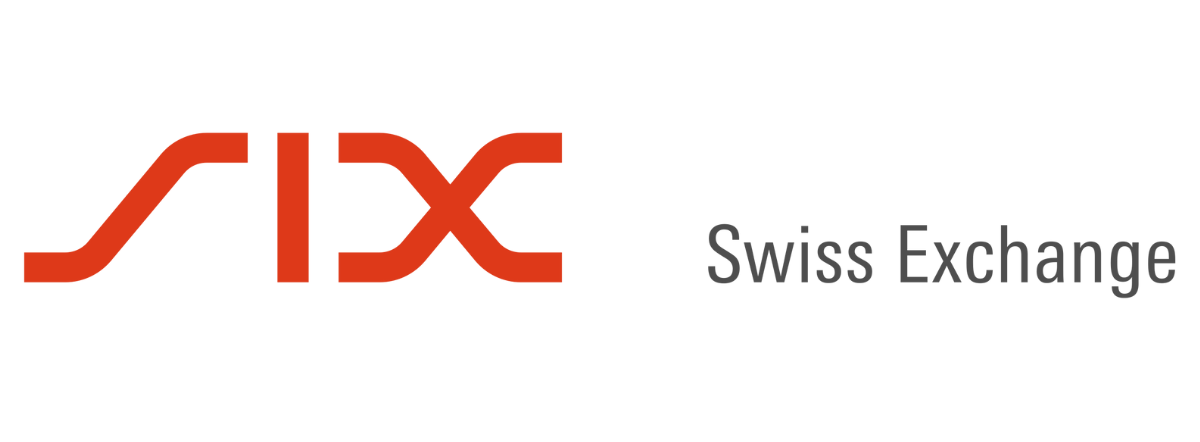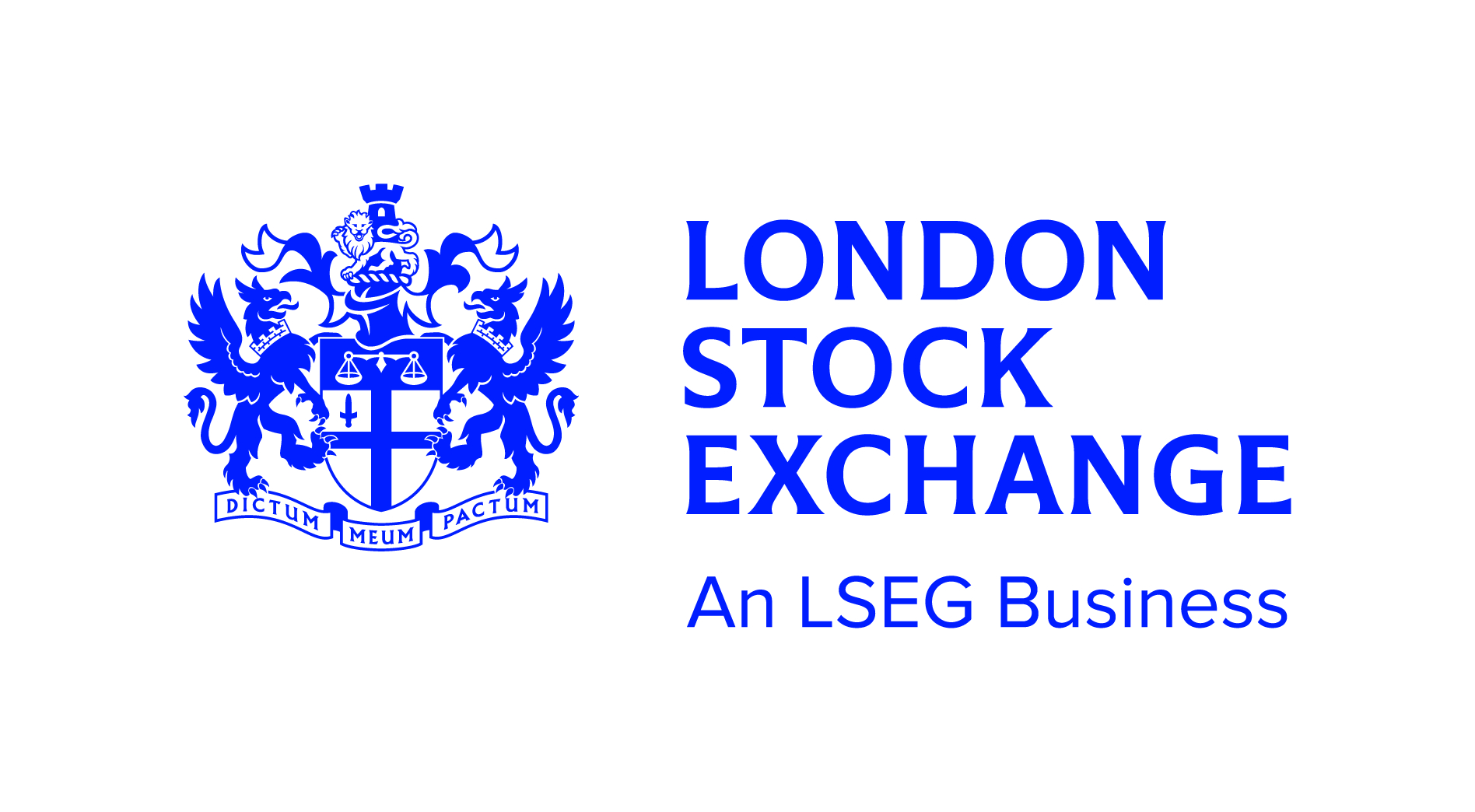Although fragmentation issues facing the European market are well documented, one area where exchanges should look to harmonise is a set of common rules relating to trading suspensions.
As the rapid spread of coronavirus spooked markets, the volatility triggered a considerable number of daily circuit breakers.
In March, there was an average of around 3,000 circuit breakers or volatility interruptions affecting ETFs daily across the five major European exchanges; the London Stock Exchange, Borsa Italiana, Deutsche Boerse, Euronext exchanges and SIX Swiss Exchange.
Speaking on ETF Stream’scapital markets webinar last week, Paolo Giulianini, ex-head of ETF trading at UniCredit and Banca IMI, said the differing rules around circuit breakers on the major exchanges meant cross-listed ETFs were suspended at different times.
At some points, ETFs trading on one exchange would be suspended while the same ETF listed on another exchange would continue to trade.
This, Giulianini said, caused issues for market makers when providing liquidity across the different exchanges on the same cross-listed ETFs.
In order to address this issue, the implementation of a common set of rules across the exchanges regarding when trading is suspended would be a huge benefit for improving harmonisation across the European ETF ecosystem.
This was not an issue for exchanges last year where the average daily circuit breakers across all five exchanges was around 50.
Giulianini added: “The further harmonisation of those rules will help the end client – both institutional and retail – that could rely on a common rule to understand when the specific ETFs will enter into a circuit breaker.
Fragmentation issues across the various exchanges continue to be an issue for the European ETF ecosystem. Another crucial problem for the market is investors are unable to view the true liquidity picture of an ETF.
A UK investor, for example, can only see the ETF volumes on the London Stock Exchange which is likely fraction of the total volumes traded across Europe. Driven by MiFID II, steps have been taken to increase the visibility of ETF liquidity, especially by Bloomberg through its aggregate data field, but the market is crying out for a consolidated tape.
Last month, the European Fund and Asset Management Association (EFAMA) called on the European Commission to enforce the creation of a consolidated tape adding the lack of one constituted “a barrier to transparency”.
EFAMA said one reason why a consolidated tape had yet to be developed was due to the opposition of data vendors which do not want to see data collated in one place.
This is in stark contrast to the US which has a consolidated tape, the same clearing system and just three exchanges compared to Europe’s 35-plus.
Consolidation has taken place over the years such as SIX Swiss’s acquisition of Bolsas y Mercados Españoles last year and the LSE’s purchase of the Borsa Italiana in 2007.
However, one industry source said the LSE and Borsa Italiana still lack harmonised protocols despite being brought under one roof 13 years ago highlighting how there still is some way to go before exchanges make the changes the ETF ecosystem needs to further reduce cross-border frictions.
Sign up to ETF Stream’s weekly email here







